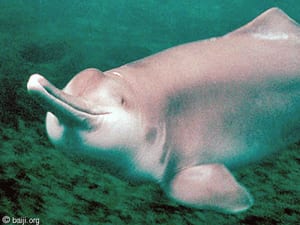Evolution & Adaptation
Whales as we know them have existed for approximately 33 million years. They are well evolved for living their entire lives in the water. Some of these whales live in extreme environments. These conditions require specialized adaptations for survival:
Whale Evolution Poster (pdf)
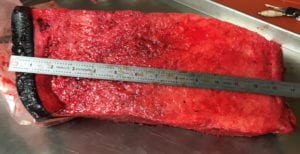
Bowhead whales live in the icy arctic. Their blubber can be 18 inches (0.5m) thick. Some of this is used for energy storage. The top of their blubber-padded skulls is arched in a way that allows them to break through ice as thick as two feet (0.61 m).
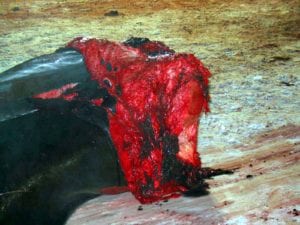
Beaked whales and sperm whales dive deeper than 5,000 feet (1.5 km). Their blood has lots of myoglobin to store oxygen while they hold their breath for dives longer than 60 minutes. Their blood is able to exchange carbon dioxide and nitrogen and replace it with oxygen much better than humans.
The largest of the whales can expand their lower jaws to many times the normal size to hold enormous volumes of water so they can filter the large quantities of food needed to reach their massive sizes.
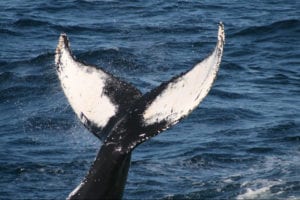
Bowhead and right whales have broad flukes and very strong tail muscles to push their large heads (33% of their body size) and open mouths during high-drag filter feeding.
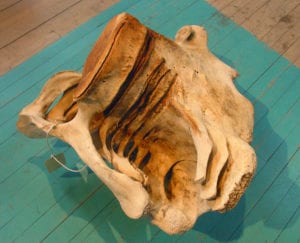
Most cetacean species have at least one fused pair of neck vertebrae. This strengthens their necks and helps resist drag while feeding. All baleen whales have fused neck vertebrae.
River dolphins have dozens of very sharp teeth and excellent location skills to find food in murky river water. The La Plata River dolphin has the most teeth, 242.
